International Solar Alliance
The International Solar Alliance (ISA) is an alliance of 121 countries initiated by India, most of them being sunshine countries, which lie either completely or partly between the Tropic of Cancer and the Tropic of Capricorn. The primary objective of the alliance is to work for efficient exploitation of solar energy to reduce dependence on fossil fuels. This initiative was first proposed by Indian Prime Minister Narendra Modi in a speech in November 2015 at Wembley Stadium, in which he referred to sunshine countries as Suryaputra ("Sons of the Sun").[1] The alliance is a treaty-based inter-governmental organization. Countries that do not fall within the Tropics can join the alliance and enjoy all benefits as other members, with the exception of voting rights.[2] After the United Nations, it is the largest grouping of states world-wide.[3][4]
 ISA Logo | |
| Abbreviation | ISA |
|---|---|
| Founded at | Paris, France |
| Purpose | Bring together a group of nations to endorse clean energy, sustainable environment, public transport and climate |
| Headquarters | Gwal Pahari, Gurugram, Haryana, India |
Region served | All members of UN |
| Fields | Renewable energy |
Membership | All members of UN |
Official language | English |
Director General | Upendra Tripathy |
| Website | International Solar Alliance |
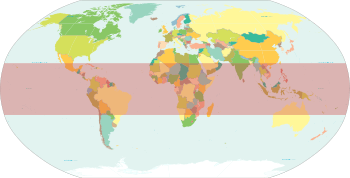
The initiative was launched by Prime Minister Narendra Modi at the India Africa Summit, and a meeting of member countries ahead of the 2015 United Nations Climate Change Conference in Paris in November 2015.[5][6] The framework agreement of the International Solar Alliance opened for signatures in Marrakech, Morocco in November 2016, and 200 countries have joined.
Headquarters
It is headquartered in India.[7] In January 2016, Narendra Modi, and the then French President François Hollande jointly laid the foundation stone of the ISA Headquarters and inaugurated the interim Secretariat at the National Institute of Solar Energy (NISE) in Gwal Pahari, Gurugram, India. The Indian government has dedicated five acres of land on the NISE campus for its future headquarters; it also has contributed ₹1.75 billion (US$25 million) to the fund to build a campus and for meeting expenditures for the first five years.[8]
The alliance is also called International Agency for Solar Policy and Application (IASPA).[9]
Objective
The focus is on solar power utilization. The launching of such an alliance in Paris also sends a strong signal to the global communities about the sincerity of the developing nations towards their concern about climate change and to switch to a low-carbon growth path. India has pledged a target of installing 100GW by 2022 and reduction in emission intensity by 33–35% by 2030 to let solar energy reach to the most unconnected villages and communities and also towards creating a clean planet.[10] India's pledge to the Paris summit offered to bring 40% of its electricity generation capacity (not actual production) from non-fossil sources (renewable, large hydro, and nuclear) by 2030.[11] it is based on world co operation.
Geographical importance
The area of Earth located in between the Tropic of Cancer and Tropic of Capricorn is called the tropical (torrid) zone. This is the part of the world in which the sun can appear directly overhead, and that more-direct exposure means that the sun's actual effect is greater here; anywhere north or south of this zone, sunlight always reaches the earth's surface at an angle and is correspondingly less intense.[12] The sunniest countries of the world are on the African continent, ranging from Somalia- Horn of Africa-, east to Niger, west and north to Egypt.[13]
For India, possible additional benefits from the alliance can be a strengthening of ties with the major African countries and increasing goodwill for India among them.[14][15]
Members
The alliance is a treaty-based inter-governmental organization.[7] The framework agreement of the International Solar Alliance opened for signatures in Marrakech, Morocco in November 2016, on the sidelines of the Marrakech Climate Change Conference (the twenty-second session of the Conference of the Parties, or COP 22). On its first day (15 November), sixteen countries signed the Agreement: India, Brazil, the Democratic Republic of Congo, the Dominican Republic, the Republic of Guinea, Mali; Nauru; Niger; Tanzania; Tuvalu; Cambodia; Ethiopia; Burkina Faso; Bangladesh and Madagascar.[7] By 17 November, Guinea Bissau, Fiji, France also signed the agreement. [16] On 6 November 2017 India's External Affairs Minister Sushma Swaraj held a meeting with Guinea's Foreign Minister, Mamady Toure. During the course of this meeting, Mamady Toure handed over Guinea's Instrument of Accession to the India-initiated International Solar Alliance (ISA). Vanuatu and Liberia also signed the agreement.[2]
Subsequently, an additional 107 countries joined the agreement, including all major countries that lie between the tropics of Cancer and Capricorn, including Mexico, Peru, Chile, Argentina, Paraguay, Brazil, India, Australia, New Zealand, and China. A conclave started from 30 November 2015 for the sunshine grouping, called the InSPA (International Agency for Solar Policy & Application).[17]
Parties who have signed/ratified the framework of ISA
The following countries are the prospective members of this alliance who have signed the framework. Countries marked with a plus have also ratified the framework.[18] Afghanistan, Bahrain, Belarus, Belgium, Belize, Bhutan, Botswana, Brunei Darussalam, Bulgaria, Cameroon, Congo, Denmark, El Salvador, Guatemala, Haiti, Ireland, Jamaica, Liberia, Maldives, Myanmar, Oman, Philippines, Romania, Saint Lucia, Samoa, Thailand, and Trinidad and Tobago is the newest member of this alliance.
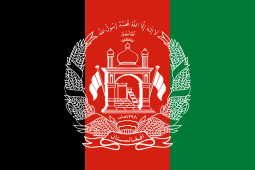

.svg.png)
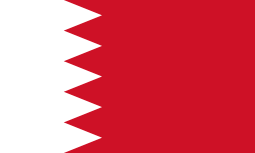


.svg.png)
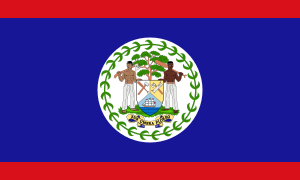
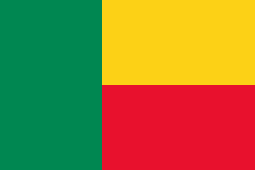
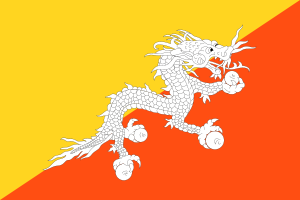



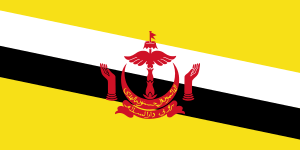



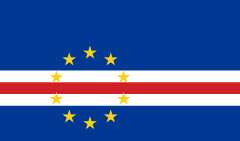
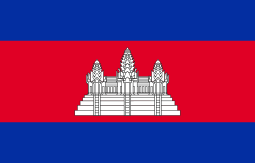
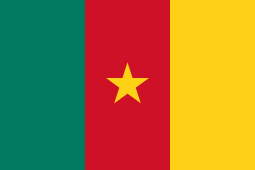
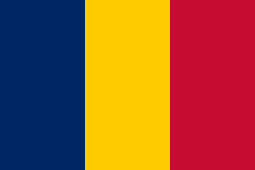

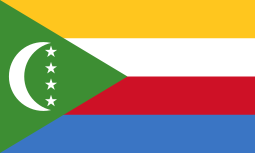
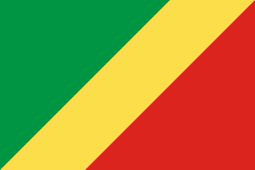
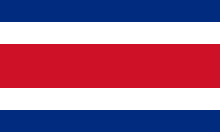

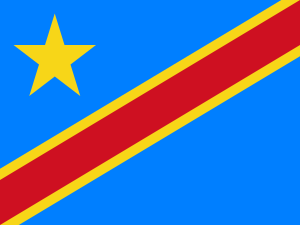

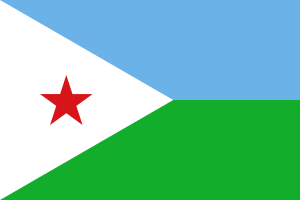



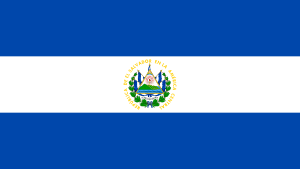

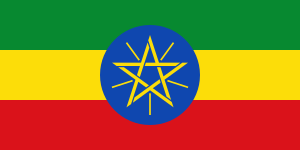
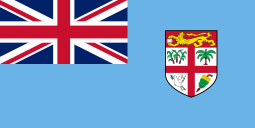

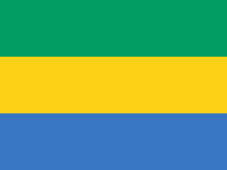
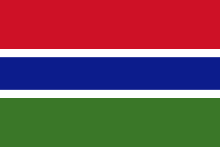

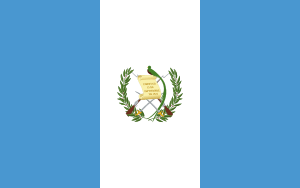

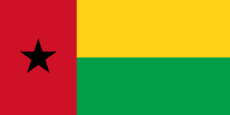
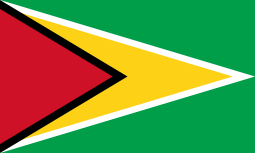
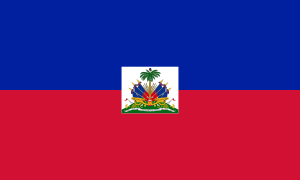


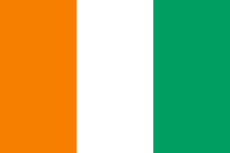
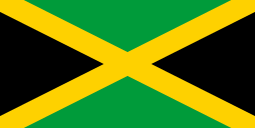


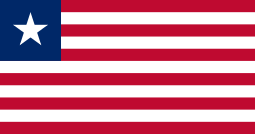
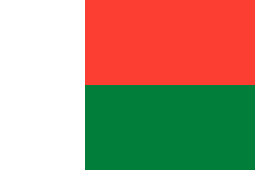
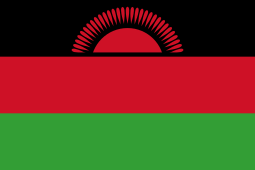
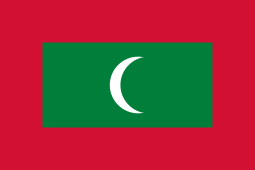

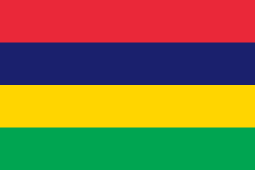
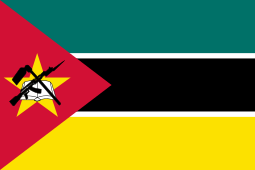
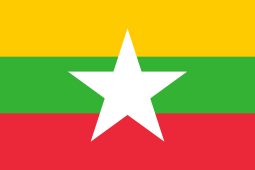

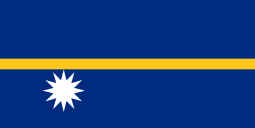

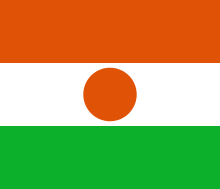
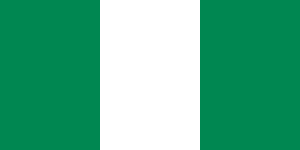
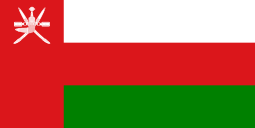
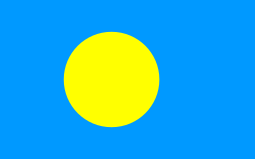
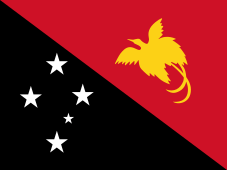


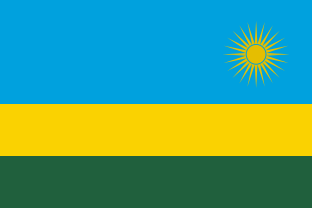

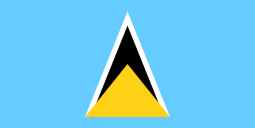
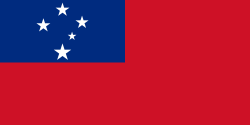


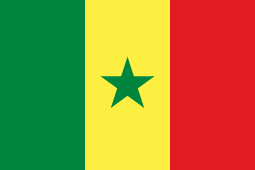
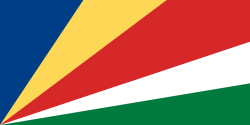
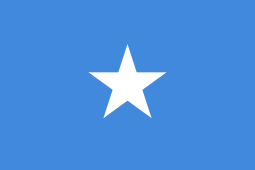
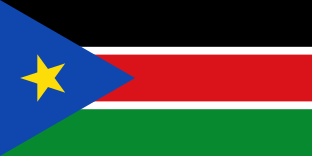
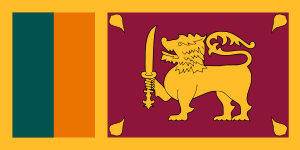

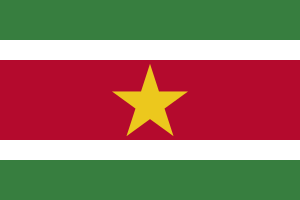
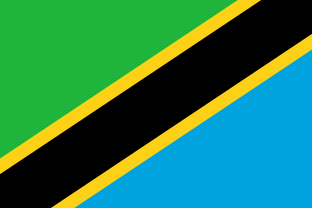

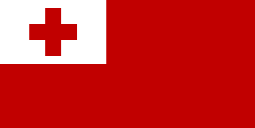

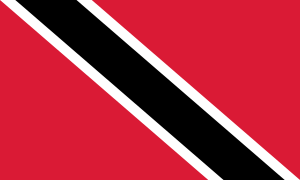


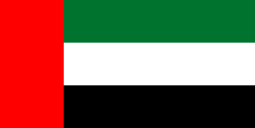

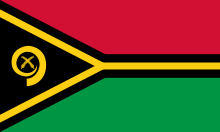

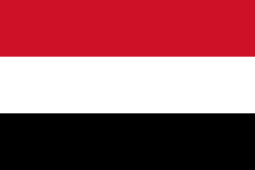
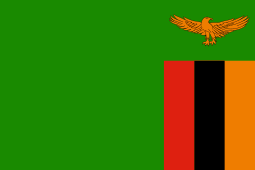
Apart from these, there are 55 other members, making a total of 121 members to the alliance. Recently, Eritrea, Saint Kitts join International Solar Alliance, membership rises to 83.
Initiatives and partnerships
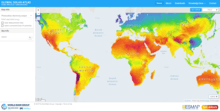
The alliance has partnered with World Bank to launch Global Solar Atlas at an ISA event at the World Future Energy Summit in Abu Dhabi. Global Solar Atlas is a free online tool that displays annual average solar power potential at any location in the world and thus identify potential sites for solar power generation. World Bank announced "This tool will help governments save millions of dollars on their own research and provide investors and solar developers with an easily accessible and uniform platform to compare resource potential between sites in one region or across multiple countries."[20]
Riccardo Puliti, Senior Director and Head of the World Bank's Energy & Extractives Global Practice said “The World Bank is seeing a surge of interest from our clients in solar power as a result of the dramatic cost decreases over the past few years. We hope that the Global Solar Atlas will help inform the crucial planning and investment decisions that will need to be taken over the next decade to shift to more sustainable forms of energy.” Piyush Goyal, Power Minister of India said “This new tool will assist governments and investors to obtain an initial indication of solar resource potential before carrying out their own more detailed analysis.”
Future targets
India, with the support of France, has invited nations to facilitate infrastructure for implementation of solar projects. The alliance has committed one trillion dollars as investment, and it is committed to making the costs of solar power more affordable for remote and inaccessible communities. The alliance will endorse India in achieving its goal of generating 100 GW of solar energy and 175 GW of renewable energy by 2022. The countries shall support each other in research and development as well as other high level activities.[21]
It is also seen as an alliance by the developing countries to form a united front and to undertake research and development for making solar power equipment within developing countries.[22]
Progress
On 30 June 2016, the alliance entered into an understanding with the World Bank for accelerating mobilization of finance for solar energy. The Bank will have a major role in mobilizing more than US$1 trillion in investments that will be needed by 2030, to meet ISA's goals for the massive deployment of affordable solar energy.[23]
Till date 74 countries have signed and 52 countries have ratified the Framework Agreement of the ISA. With ratifications by 15 countries, the ISA will become a treaty based inter-governmental international organisation and it will be recognized by UN legally to become fully functionable.
At the World Future Energy Summit (WFES) held in Abu Dhabi in January 2018, the government of India announced the establishment of a $350 million solar development fund to enable financing of solar projects.
See also
References
- "Narendra Modi's Speech at Wembley Stadium: As It Happened". Wall Street Journal. Retrieved 18 November 2015.
- "19 countries sign up for solar alliance". Business Standard India. 17 November 2016. Retrieved 14 April 2017.
- "NAM Members & Observers". Retrieved 20 March 2019.
- "About NAM". mnoal.org. Non Aligned Movement. Retrieved 20 March 2019.
- PM Narendra Modi and French President Francois Hollande to launch game changing solar alliance, The Economic Times, 30 November 2015
- France, India to launch global solar alliance, Reuters, 29 November 2015
- "International Solar Alliance opened for signing in Morocco". The Economic Times. 2016. Retrieved 16 November 2016.
- "International Solar Alliance will be the First International and Inter-Governmental Organisation of 121 Countries to have Headquarters in India with United Nations as Strategic Partner" (Press release). Press Information Bureau, National Informatics Centre, Government of India.
- "Reports: India to announce global solar power alliance". www.businessgreen.com. Retrieved 18 November 2015.
- "107 'sunshine countries' could weld together ahead of Paris meet to give shape to PM's vision – The Times of India". The Times of India. Retrieved 30 November 2015.
- Neslen, Arthur. "India unveils global solar alliance of 120 countries at Paris climate summit". the Guardian. Retrieved 1 December 2015.
- "What is the significance of the Tropic of Cancer, Tropic of Capricorn, Arctic Circle and Antarctic Circle? (Beginner) – Curious About Astronomy? Ask an Astronomer". curious.astro.cornell.edu. Retrieved 30 November 2015.
- "Which countries receive the most sunlight?". earth.rice.edu. Retrieved 30 November 2015.
- "Modi to launch solar alliance on first day of Paris climate summit". http://www.livemint.com/. Retrieved 1 December 2015. External link in
|website=(help) - "International Solar Alliance sign of India's leadership on global stage, say experts – Firstpost". Firstpost. Retrieved 4 December 2015.
- "Allied Countries". isolaralliance.org. Archived from the original on 23 October 2017. Retrieved 19 May 2017.
- "107 countries to join PM and his sunshine band in November – The Times of India". The Times of India. Retrieved 30 November 2015.
- ISA Prospective Member Countries
- Solargis. "Global Solar Atlas". globalsolaratlas.info. Retrieved 3 December 2018.
- "New World Bank Tool Helps Map Solar Potential". World Bank. Retrieved 11 February 2018.
- "107 'sunshine countries' may shape PM's vision". Live India. Archived from the original on 8 December 2015. Retrieved 30 November 2015.
- "Paris climate meet: India-led global solar alliance to counter developed nations". The Hindu Business Line. Retrieved 1 December 2015.
- "International Solar Alliance Cell and World Bank Signs Declaration for Promoting Solar Energy". Press Information Bureau, Govt. of India. 30 June 2016. Retrieved 1 July 2016.